Among the users of groundwater, America is in the list with 31 percent of the worldwide total, while India is at 15 and Pakistan is at 13 percent.
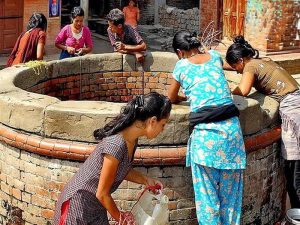 Photo courtesy: down to earth
Photo courtesy: down to earth
Water reserves are decreasing rapidly in North-West India, Central Pakistan and North-West America and water storage is also decreasing in the high plains and central valley of America. This matter has come to light in a new study. This study explains the Earth’s supply of fresh water and strategies to manage it sustainably.
The study led by the University of Texas at Austin highlights the relationship between surface and groundwater and suggests different strategies for managing both.
“I like to emphasize that there are multiple solutions and how to optimize them is important,” said Bridget Scanlon, a scientist with the UT Bureau of Economic Geology, a research unit in the Jackson School of Geosciences.
The study used data from satellites, climate models, monitoring networks and nearly 200 scientific papers to analyze Earth’s water supply. In this, it has been found out how water is changing in different areas and what are the reasons behind these changes.
According to the study, people mainly depend on surface water. Globally, it accounts for 75 percent of irrigation and 83 percent of municipal and industrial supply annually. However, what we see on the surface is linked to groundwater flow. In the US, about 50 percent of annual runoff begins as groundwater. Worldwide, surface water that seeps into the ground accounts for about 30 percent of the annual groundwater supply.
Among the users of groundwater, America accounts for 31 percent of the world’s total, while India accounts for 15 percent and Pakistan accounts for 13 percent. Most of the groundwater is used for wheat, maize, rice, sugarcane, cotton and fodder etc.
Anthropogenic interference can significantly affect the exchange of water between surface and groundwater sources. About 85 percent of the groundwater pumped by people in the US is captured by surface water, causing declines in streamflow. Also, irrigation from surface water can increase groundwater recharge as irrigation water seeps back into the ground through the soil.
The study cites several examples of human activity affecting this flow between surface water and groundwater supplies. For example, surface water irrigation in the Columbia Plateau and Snake River Plain of the northwestern US recharged aquifers in the mid-1900s, while global models show that groundwater pumping has increased the amount of water moving into streams by 15 to 21 percent. The percentage has been greatly reduced. Global watersheds are at risk due to low flows.
Despite their interconnectedness, surface water and groundwater are often regulated and managed as separate resources. According to the researchers, future water availability depends on identifying whether surface water and groundwater are at an interface.
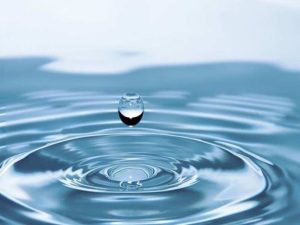 Photo courtesy: pinterest
Photo courtesy: pinterest
The study describes various methods of managing water through both natural and engineered solutions that can help increase water supply, reduce demand, store water and keep it flowing. According to Scanlon, one of the best ways to adapt to increasing climate extremes is to store water during times of abundance and use it during times of drought.
He said that we are facing the brunt of drought and are also struggling with floods. We’re trying to manage those extremes and one way to do that is to store water.
Annually, the world stores about 7,000–8,300 cubic kilometers of water in surface reservoirs. The researchers said it was also important to continue to develop groundwater supplies, as they are more resilient than surface aquifers during prolonged drought.
Managed groundwater recharge can help cities increase their groundwater supplies by collecting surface water and converting it into underground aquifers. Around 10,000 cubic kilometers of water is stored in this way every year around the world.
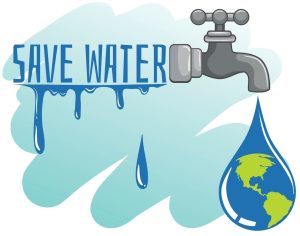 Photo courtesy: wordpress.com
Photo courtesy: wordpress.com
Scott Tinker, director of the Bureau of Economic Geology, said this type of integrated research linking surface and groundwater is really needed to develop sustainable solutions to issues like freshwater use.
Matthew Rodale, a hydrologist at NASA Goddard Space Flight Center, said the research provides a useful overview of the results and potential solutions for managing water supplies while maintaining water quality. Water quality is one of the next goals in terms of being able to manage water resources , he said . This study has been published in the journal Nature Reviews Earth and Environment.
Neerain is proud to republish this blog for spreading awareness about the situation of water, for our stakeholders. Credit whatsoever goes to the Author.
This blog is published by: –
We would like to spread this for the benefit of fellow Indians.
Author: Dayanidhi
Publish On: March 23, 2023

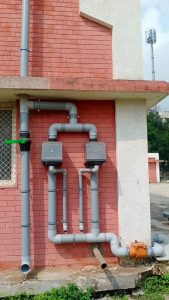 Photo courtesy:Neerain
Photo courtesy:Neerain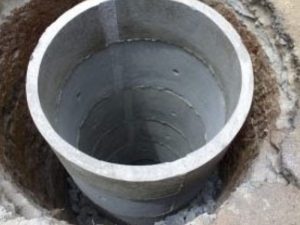 Photo courtesy:Istock
Photo courtesy:Istock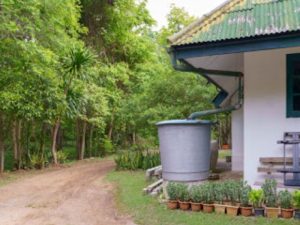
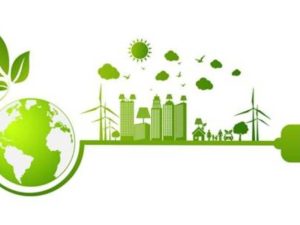 Photo courtesy: Santhosh Kumar
Photo courtesy: Santhosh Kumar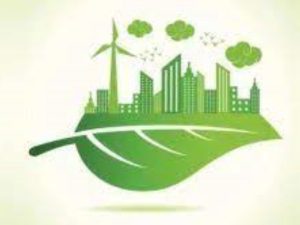 Photo courtesy:Shuttterstocks
Photo courtesy:Shuttterstocks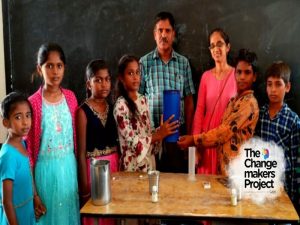 With the onset of the monsoon season, Government Model Higher Primary School in Kora village in Tumakuru has been capturing every drop of rain that fell from the sky. All photos by arrangement.
With the onset of the monsoon season, Government Model Higher Primary School in Kora village in Tumakuru has been capturing every drop of rain that fell from the sky. All photos by arrangement.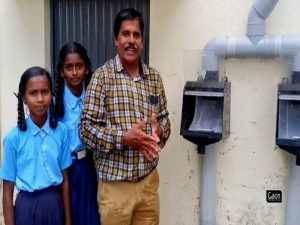 Rao has been raising awareness about various environmental issues, including water conservation, here, he is explaining his students about the rainwater harvesting system.
Rao has been raising awareness about various environmental issues, including water conservation, here, he is explaining his students about the rainwater harvesting system.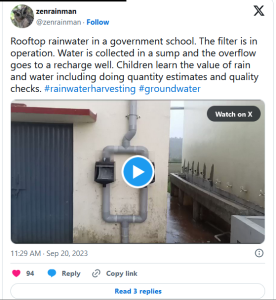 Explaining how the rainwater harvesting system at the school works, Shivananda R S, a team leader at Biome, said: “We calculate sump [storage tank] capacity based on the rooftop area available for harvesting. The first one millimetre of rainwater which washes the terrace is let out through the first rain separator controlled by a valve.”
Explaining how the rainwater harvesting system at the school works, Shivananda R S, a team leader at Biome, said: “We calculate sump [storage tank] capacity based on the rooftop area available for harvesting. The first one millimetre of rainwater which washes the terrace is let out through the first rain separator controlled by a valve.”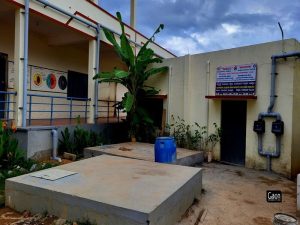 According to Shivananda, the school harvests 560 kilo litres (KL) of water out of which 280 KL is stored and reused, and 280 KL is recharged annually.
According to Shivananda, the school harvests 560 kilo litres (KL) of water out of which 280 KL is stored and reused, and 280 KL is recharged annually.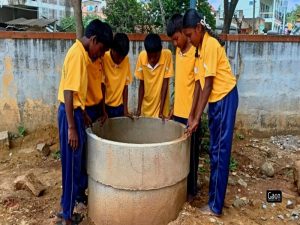 “When the plant was being set up, we were told about rainwater harvesting and how it had huge advantages. Rao Sir told us how it was important to conserve water and not squander it so that we could avoid a water crisis in the future,” Sandhya Rani, a 13-year-old student of class 7 told Gaon Connection.
“When the plant was being set up, we were told about rainwater harvesting and how it had huge advantages. Rao Sir told us how it was important to conserve water and not squander it so that we could avoid a water crisis in the future,” Sandhya Rani, a 13-year-old student of class 7 told Gaon Connection.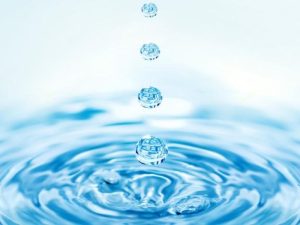 Photo courtesy: Getty Images
Photo courtesy: Getty Images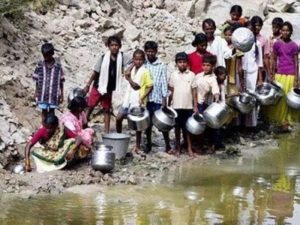
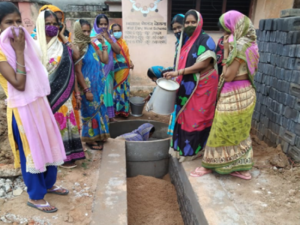 Photo courtesy: Down to earth
Photo courtesy: Down to earth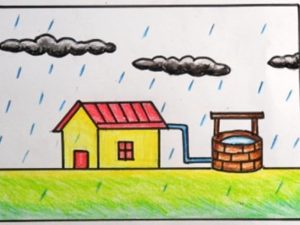 Photo courtesy: Anand Rko
Photo courtesy: Anand Rko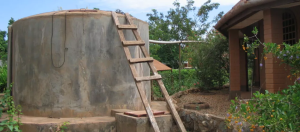 Photo courtesy: Muench/Sustainable Sanitation Alliance (SuSanA) Secretariat
Photo courtesy: Muench/Sustainable Sanitation Alliance (SuSanA) Secretariat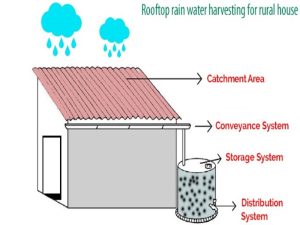 Photo courtesy:Akruti Enviro Solutions Pvt.Ltd.
Photo courtesy:Akruti Enviro Solutions Pvt.Ltd.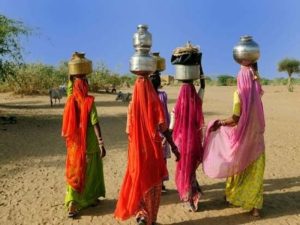 Photo courtesy: RCH/Fotolia
Photo courtesy: RCH/Fotolia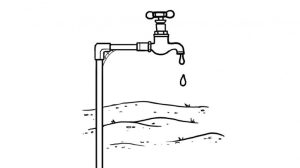 Photo courtesy:
Photo courtesy: 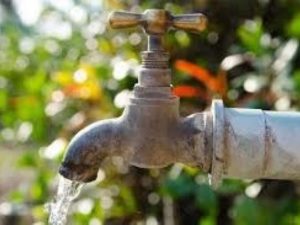 Photo courtesy: Adobe stock
Photo courtesy: Adobe stock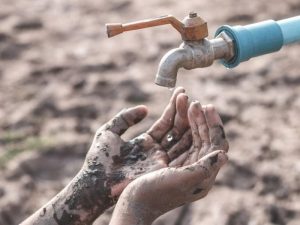 Photo courtesy: Shutterstock
Photo courtesy: Shutterstock This Wikipedia entry is not just a testament to our hard work but a testament to the power of a united community. You, our incredible patrons, clients, and well-wishers, have stood by us through thick and thin, celebrating our triumphs and sharing our challenges. Your constant support has been a source of strength, motivating us to keep innovating, creating, and striving for the best.
This Wikipedia entry is not just a testament to our hard work but a testament to the power of a united community. You, our incredible patrons, clients, and well-wishers, have stood by us through thick and thin, celebrating our triumphs and sharing our challenges. Your constant support has been a source of strength, motivating us to keep innovating, creating, and striving for the best.